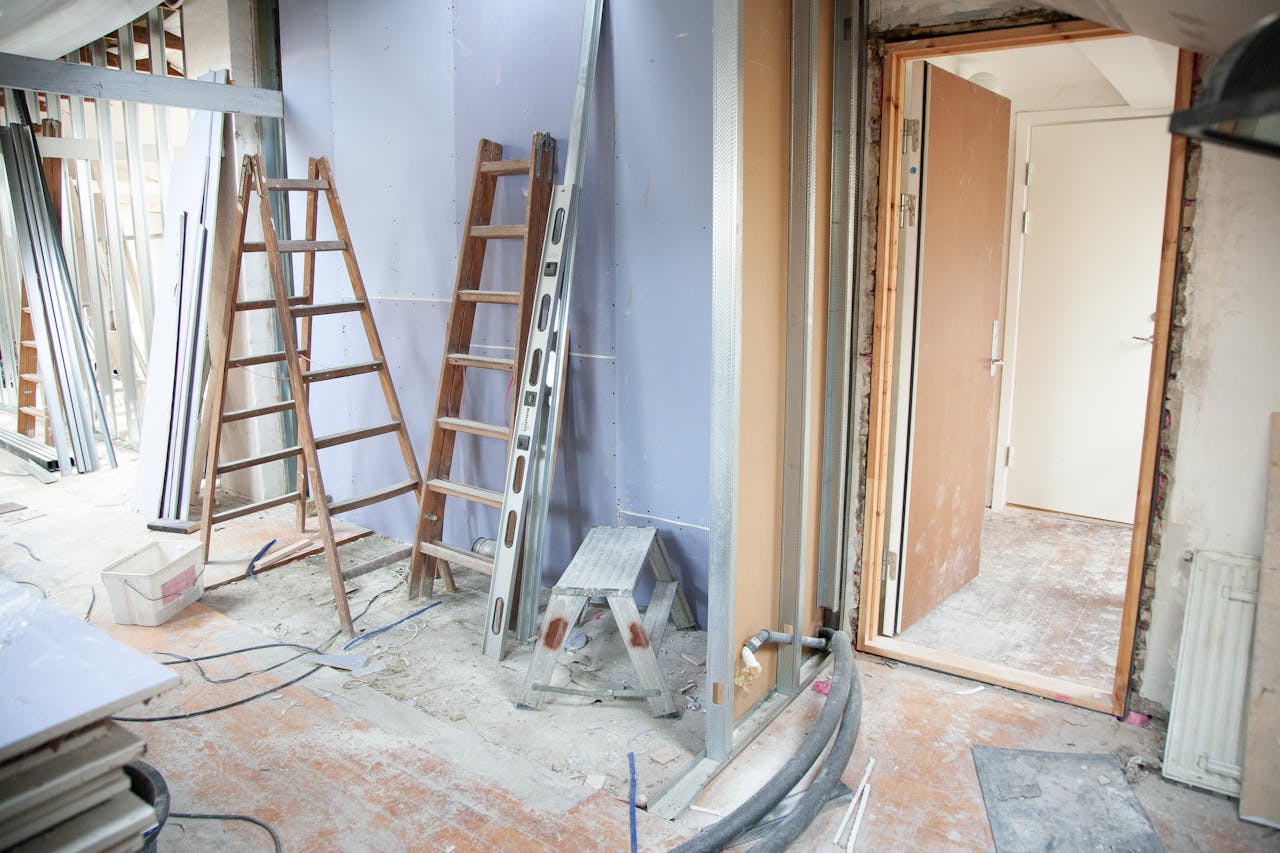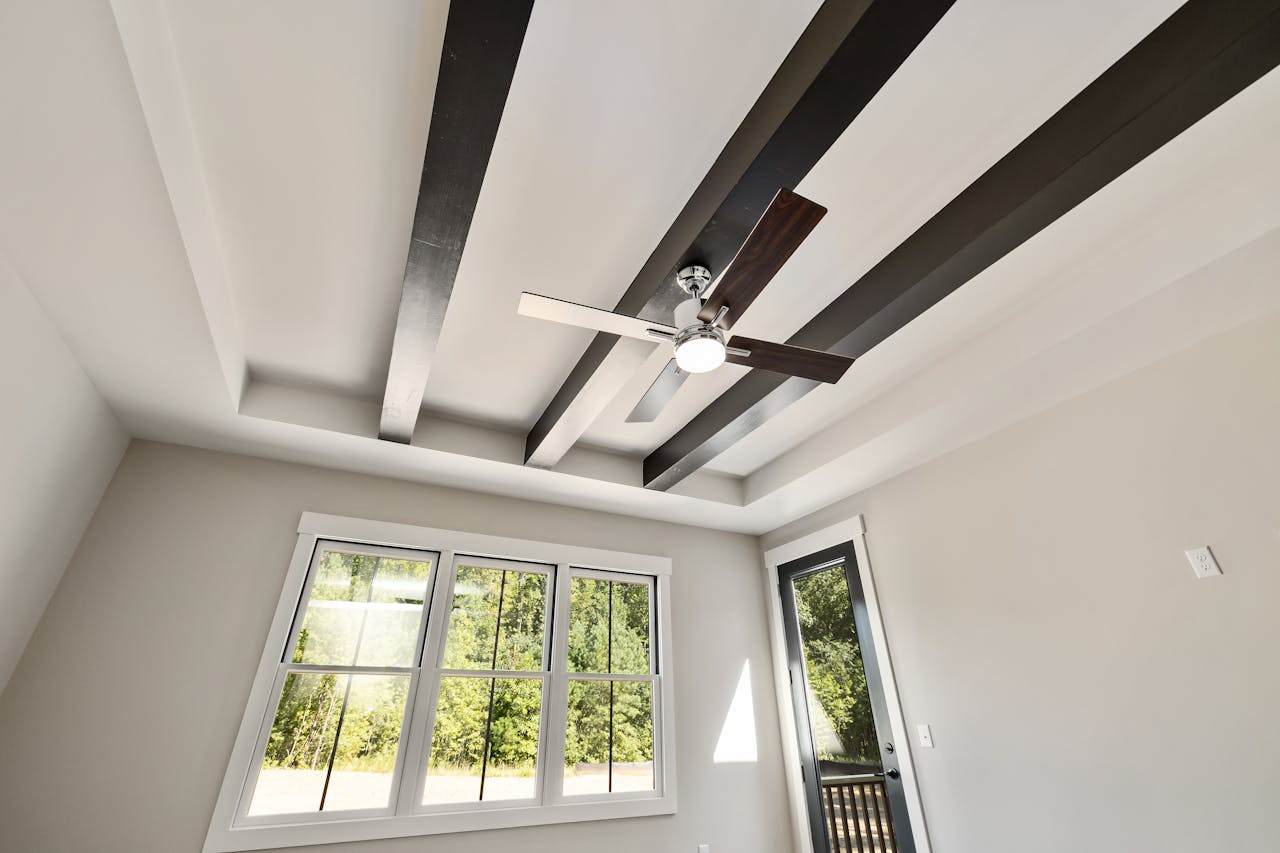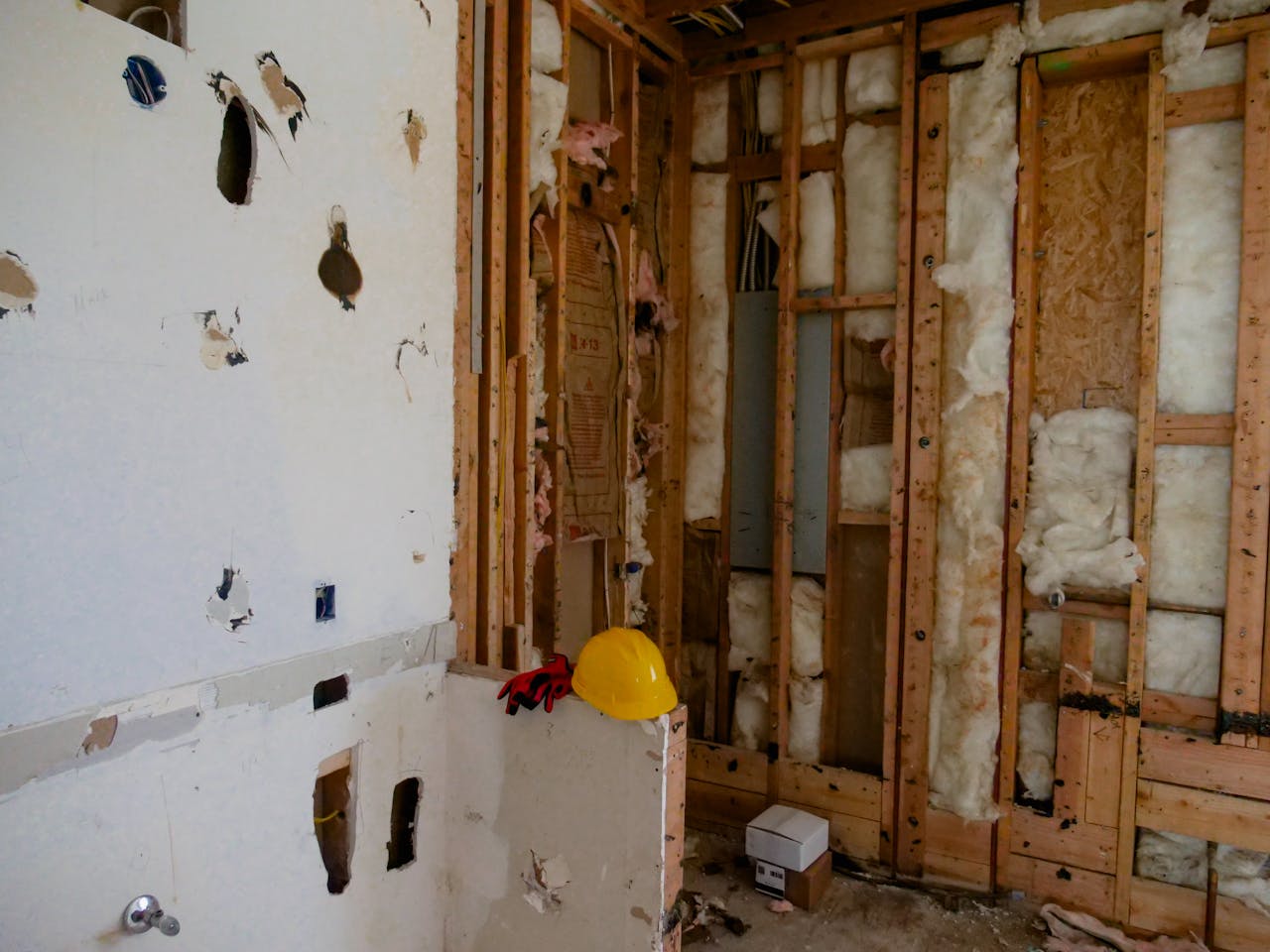When it comes to insulation, one size doesn’t fit all. The right insulation choice depends on factors like the type of space, energy efficiency goals, and even climate conditions. With a variety of materials and applications available, it’s important to understand the differences to make an informed decision for your home or business. This guide will break down popular insulation options and their ideal uses to help you find the perfect fit
Fiberglass Batt Insulation
What It Is: Fiberglass batt insulation consists of flexible sheets or rolls made from fine glass fibers.
Best Applications: Ideal for walls, floors, and ceilings in both residential and commercial spaces. It works best in areas with standard stud and joist spacing.
Key Benefits: Fiberglass batt is cost-effective, easy to install, and offers reliable thermal performance. It’s also non-combustible, adding an extra layer of safety to your property.
Foam Board Insulation
What It Is: Foam board insulation is made from rigid panels of polystyrene, polyurethane, or polyisocyanurate.
Best Applications: Perfect for insulating foundation walls, roofs, and large commercial buildings. Its high R-value makes it an excellent choice for extreme climates.
Key Benefits: Foam board provides excellent thermal resistance with a thinner material. It’s durable, moisture-resistant, and long-lasting, making it ideal for commercial use.
Blow-In Insulation
What It Is: Blow-in insulation uses loose-fill materials like fiberglass, cellulose, or mineral wool that are blown into place using specialized equipment.
Best Applications: Great for filling irregularly shaped spaces, attics, and areas with existing insulation that needs reinforcement.
Key Benefits: Blow-in insulation offers excellent coverage, even in hard-to-reach areas. It reduces air leaks and enhances energy efficiency
Reflective or Radiant Barrier Insulatio
What It Is: This type of insulation is made from reflective materials like aluminum foil.
Best Applications: Ideal for attics and spaces exposed to intense sunlight, as it reduces radiant heat transfer.
Key Benefits: Radiant barriers are especially effective in hot climates, helping to lower cooling costs by reflecting heat away from living spaces
Mineral Wool Insulation
What It Is: Mineral wool, also known as rock wool, is made from molten rock or industrial byproducts.
Best Applications: Suitable for soundproofing walls, ceilings, and floors in residential and commercial buildings.
Key Benefits: This material is fire-resistant, moisture-resistant, and offers superior sound insulation properties, making it a versatile choice for various applications.
Conclusion
Choosing the right insulation is a crucial step toward achieving energy efficiency, comfort, and long-term savings. Each material has its own set of benefits, and understanding their applications ensures you make the best choice for your property.
At Yuma’s Insulation, we specialize in helping customers navigate these options with confidence. Our expertise and tailored solutions ensure that your insulation needs are met with the highest quality and care. Contact us today to discuss your goals, and let us find the perfect insulation solution for your home or business!



